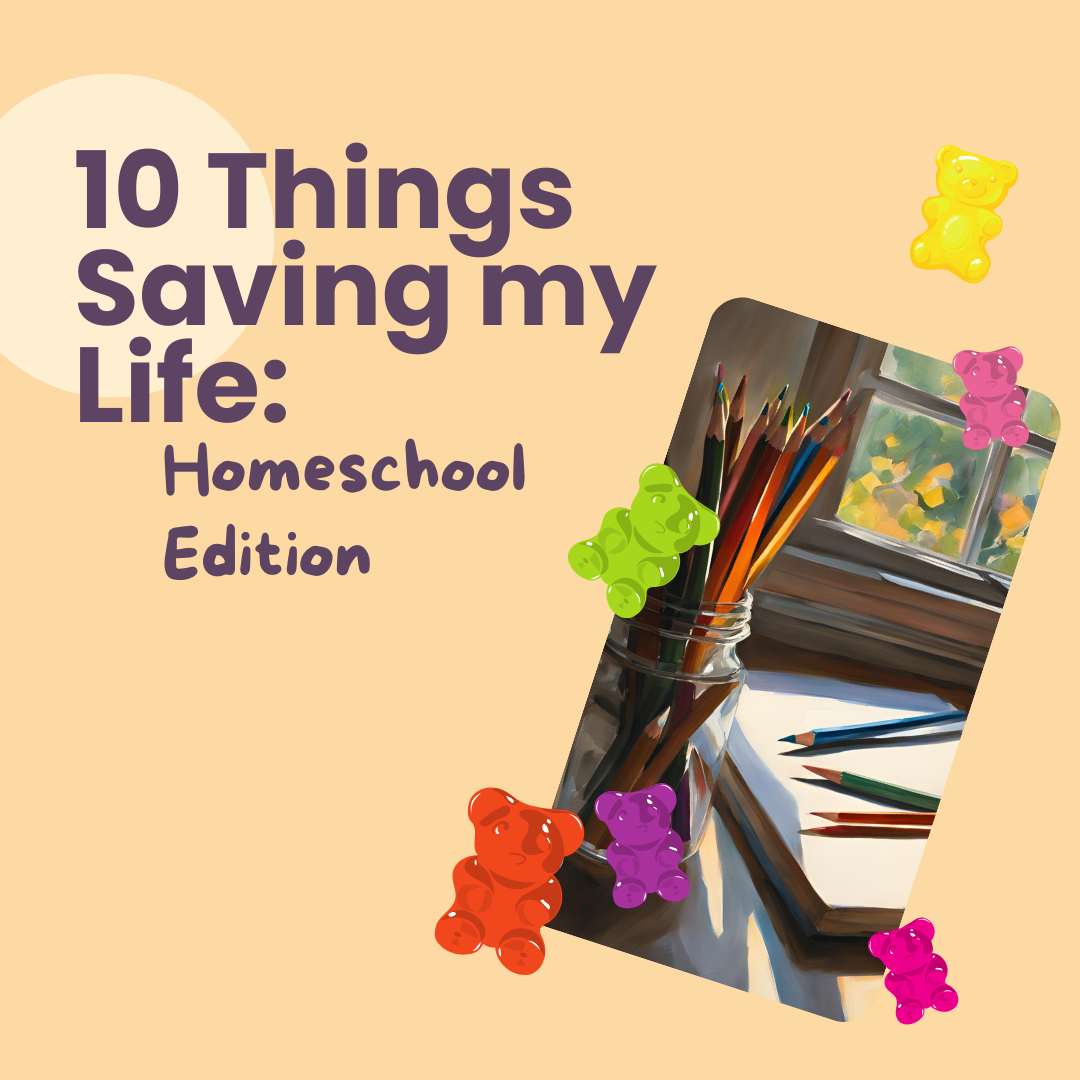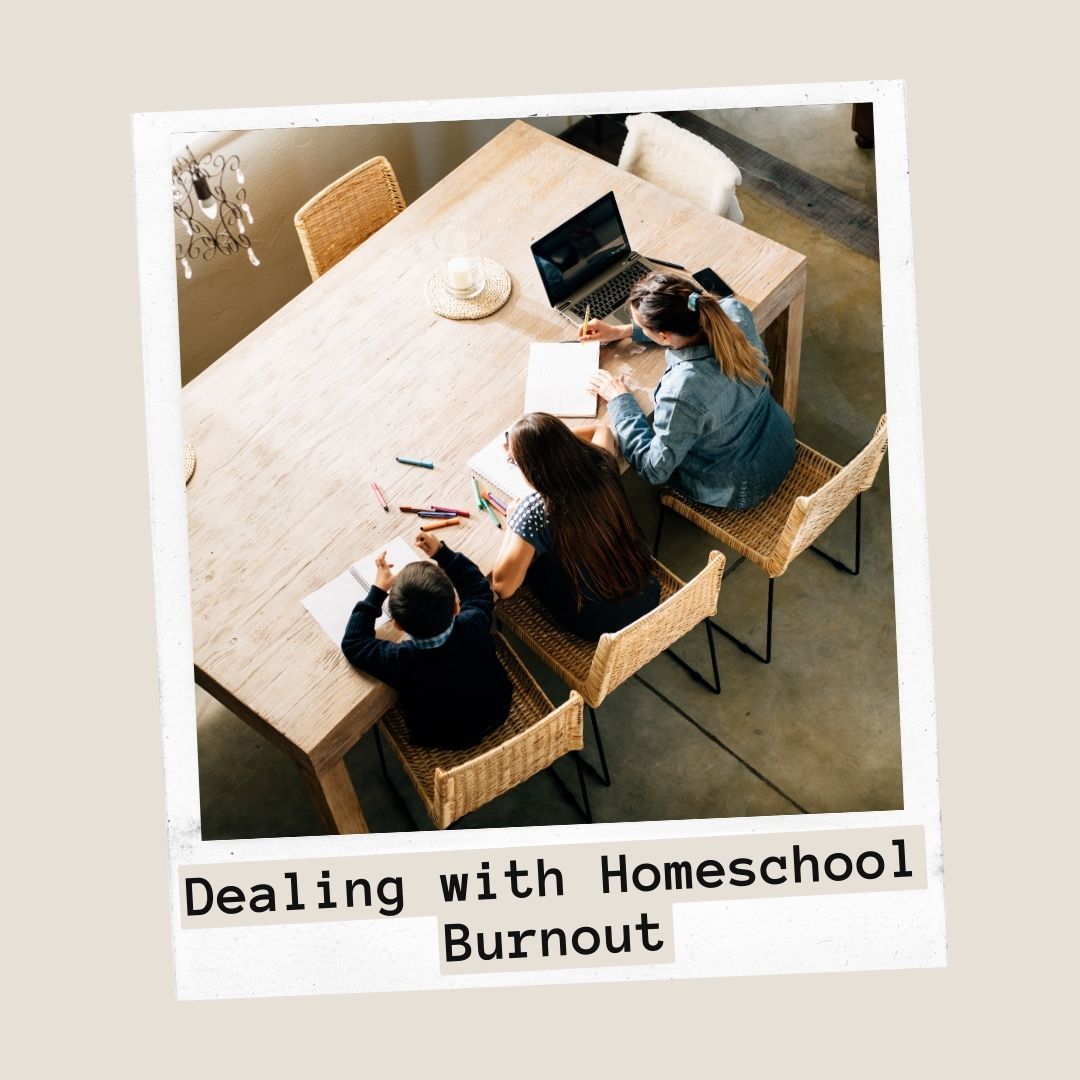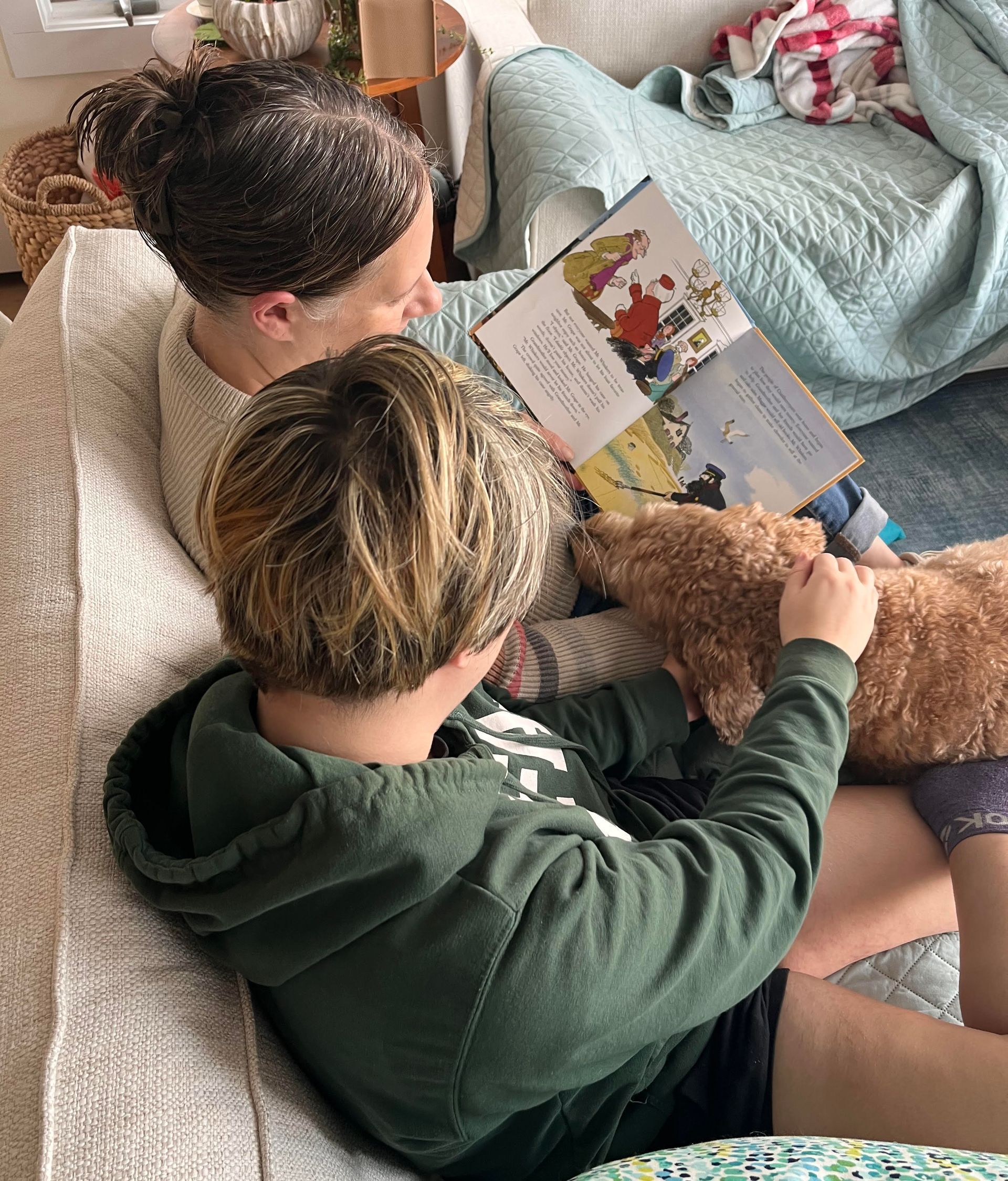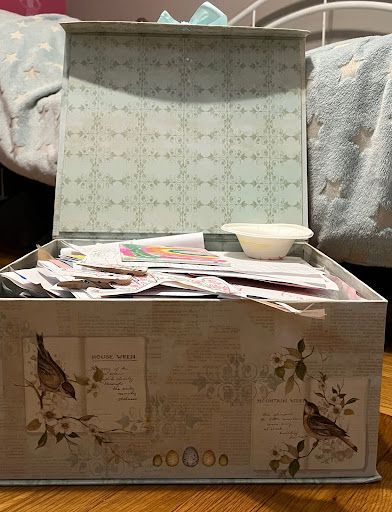"Mom" vs "Teacher"
How do you navigate the role of parent and educator?

Last week, during the Q&A portion of the Intro to Homeschooling session I was running a parent asked, “Is it ever an issue being both the teacher and the mom? How do you navigate that?”
Great question!
And one that I believe most homeschoolers (including myse!f!) have tangled with at some point in their homeschooling journey.
The easy answer is that I’m always a parent first. My relationship with my children is the most important thing and I do not want to risk that relationship for anything, especially something like completing a math worksheet.
But there are times when we need to require something of our kids. We have to put that educator hat on and enforce some boundary or require a piece of work. It could be a math worksheet, or finishing a book, or rewriting an assignment in neat handwriting so it can actually be read, or completing an application. Over the years, there will be something, or quite a few things, that your kids will balk at and you will decide that you need to take a stand and make it happen.
I have three tips to make this work. The first two are ways to preemptively mitigate the issue - getting the kids buy-in and being consistent. These should help limit the number of times you have real issues. The third is an approach to handling the inevitable conflicts when they come up and that is to understand your goal.
1. Get buy-in.
Everyone needs to be on board with homeschooling. This does not mean everyone is thrilled or happy with the situation. Sometimes, we are forced into situations that we didn’t expect or ask for, but we can still make the best of them. As a homeschooler, your child needs to understand that you are responsible for their education and therefore, you are their educator and also their parent. They also need to trust that you have their best interest in mind and that you are on the same team, working towards the same goal. Some families, like mine, do this by recommitting to homeschooling each year. Every year, before I send our LOI for the next year, I have a conversation with both kids and my husband and ask if homeschooling is what they want for the next year. I also ask myself. So far the answer has always been yes. Having this buy-in allows us to remember, throughout the difficult parts of the year, that this is a choice we made.
One other bonus tip here: be sure that you are taking advantage of the benefits of homeschooling. Go on field trips and to the park during the day, sleep in late, play games to study different subjects, meet up with friends. Doing the fun stuff will help with that buy-in - for both you and the kids!
2. Embrace consistency.
It’s much easier, particularly with young children, to keep the day on track or require certain things to be done if you are consistent. Kids like the familiar; they are comfortable when they know what is coming and what to expect. Maintaining a regular routine and consistent approach can keep the questioning and rebellion to a minimum. This does not mean you need to have a rigid schedule or that each day has to look exactly the same. It’s simply a rhythm to your day. For example: a morning for a family with young kids might look like getting up, having breakfast, getting dressed, walking the dog, reading a book together, having a snack, playing a math game, watching a science video while the parent makes lunch.
Following this rhythm will make it easy to expand or adapt it later on - reading multiple books, playing an online game or using an interactive website to practice typing, watching a documentary rather than Magic School Bus.
Even if your children are older, I recommend embracing this idea of routine. Older kids, and teens especially, can be very protective of their time. They want to know that they’re going to have time for what’s important to them, whether that be art, reading, gaming, connecting with friends, sports, etc. Setting up a routine and walking through it with them will help them know that their interests and desires are also important and respected by you. Again, consistency is key. Unexpectedly not having screen time or friend time will be upsetting and make them less likely to want to do their other work.
3. Understand your goal.
The first two tips are longer-term measures that can calm the overall atmosphere of your homeschool. This last one is for those inevitable times when it’s come down to a stand-off. You’re asking for something to be done and your child is debating it, arguing against it, or flat-out refusing. It could be over something as small as a math worksheet or as big as a college application. In all cases, my answer is the same - understand your goal.
What are you truly asking your child to do? And what do you want from it?
For example, let’s say you’ve asked your child to write a paragraph about the planets and your child is refusing and complaining that it’s too much and they can’t write that long because it hurts their hand. Instead of insisting or arguing back, first, think about your goal with the assignment. Is it to a) have them learn more about the planets and describe to you what they’ve learned? b) Is it to practice how to write a paragraph? Or c) Is it to practice their penmanship? Once you’ve identified your goal you can approach your child’s frustration in a different way: for a) they could dictate what they want to say while you write it, they could draw a picture or a diagram, they could create a slide presentation or an infographic, they could compose a poem or a song; for b) maybe they don’t care about planets but would write multiple paragraphs about Taylor Swift or Minecraft or soccer; and for c) they could copy a quote from a favorite book or movie, or they could use colored pens, or they could write 1 or 2 sentences giving their best effort.
This is a small example but it can be extrapolated to larger issues. When you want your middle schooler to read a book but they claim they hate reading: does it have to be a book? Could it be a magazine or a blog or a fanfic discord server? When your high schooler really does not want to study traditional chemistry: could they study chemistry of cooking and food instead? Or green chemistry, focused on minimizing waste and environmental impacts? Or just do all the experiments if that’s what they love? Or do the experiments virtually or watch videos instead of hands-on if that’s the part they loathe.
By getting to what your true goal is and then taking time to understand your child’s perspective and tailor the assignment to them you are achieving your ends and building that parent-child relationship.
In Conclusion.
These three tips may seem overwhelming at first, especially the first two as they are more holistic approaches to your homeschool days, but taking them one at a time and layering them in can make it easier. If you’re having on-going struggles with older kids, try having a conversation with your family talking about your choice to homeschool and what that means. If you’re all committed to homeschooling, have an open conversation about what needs to change to make it work. See if you can come up with a daily rhythm that everyone is willing to try. If you don’t have everyone’s buy-in, maybe brainstorm together about what is missing and how you could make it work. If your kids are younger try implementing a daily rhythm; make sure to explain to them what to expect and what the days will look like.
If your struggles are more on a one-off basis, try the “understanding your goal” tip the next time one arises. When your child starts complaining, take a breath, say you need a few minutes and will get back to them, and think about what you’re asking. If you’re not sure exactly what the problem is, have a conversation with your child - ask them why they don’t want to do it, and really listen for the clues that will help you be creative in coming up with a successful approach for both of you. This gets easier the more you do it!
Finally, always remember that you know your child and your family best. You’ll know when you can push and when you need to step back and use another tactic. Trust your intuition and experience. You’ve got this!
Share Article































